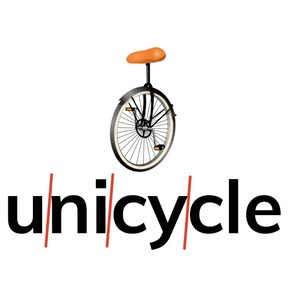



8,000 schools use Gynzy
92,000 teachers use Gynzy
1,600,000 students use Gynzy
General
Students learn how to decode multi-syllabic words and improve their reading skills. They will learn several helpful rules like the consonant -le rule and the double consonant rule, and practice dividing words.
Standards
CCSS.ELA-Literacy.RF.3.3c
Learning objective
Students will be able to utilize several rules to correctly decode multisyllabic words.
Introduction
Review a selection of one-syllable words with the students. Have students clap once as they say the word to indicate each syllable as it is said. Tell students that many words have several syllables and that it is important to learn how to decode them. Have students listen to the words on the interactive whiteboard. Can they determine how many syllables each word has? Remind students that each syllable contains a vowel or vowel team. Teach students some common rules to help them divide syllables. Knowing the rules will make it easier for them to decode multi-syllabic words.
Instruction
Start by explaining compound words. Compound words are made when two one-syllable words are combined. Then have students drag the images of single-syllable words to create compound words. Next, explain how to listen to the letter sounds. By breaking a longer word into syllables you can sound out each part. The letter sounds help to hear where each syllable ends, and then you can blend the syllables together to recognize the word. Look at the vowels and consonants in a word. Many words contain a pattern of vowel-consonant-consonant-vowel. Words that have this pattern divide into syllables between the consonants. Show students an example of this with the word "bas-ket" and mark the vowels and consonants. Have students determine which words follow the VCCV rule and split them into syllables. The words that don't follow the VCCV rule can be thrown into the trash. Next, explain to students that some words have double consonants. When a word has a doubled consonant, the syllable break is between the doubled consonants. The next rule is that when a word has a consonant followed by "le," you divide the syllable before that set of letters. Give the example of "can-dle." Ask students to drag the scissors to show where the syllable break would occur on the given words. Tell students to look for prefixes and suffixes. A syllable break occurs after a prefix and before a suffix. Students drag the given words through the tunnel to see which prefixes/suffixes are on the whole word. Discuss where the syllable breaks are on the words. Give students the list of possible rules to help decode multi-syllabic words.
Quiz
Students are given ten questions in which they answer questions about rules, where the syllable break should occur in a word, and how to decode multi-syllabic words.
Closing
To close the lesson, spin the wheel! Have students spin the wheel, then they must do that motion to determine syllable breaks for the given words.
The online teaching platform for interactive whiteboards and displays in schools
Save time building lessons
Manage the classroom more efficiently
Increase student engagement
Discover more!
About Gynzy
Gynzy is an online teaching platform for interactive whiteboards and displays in schools.
With a focus on elementary education, Gynzy’s Whiteboard, digital tools, and activities make it easy for teachers to save time building lessons, increase student engagement, and make classroom management more efficient.



